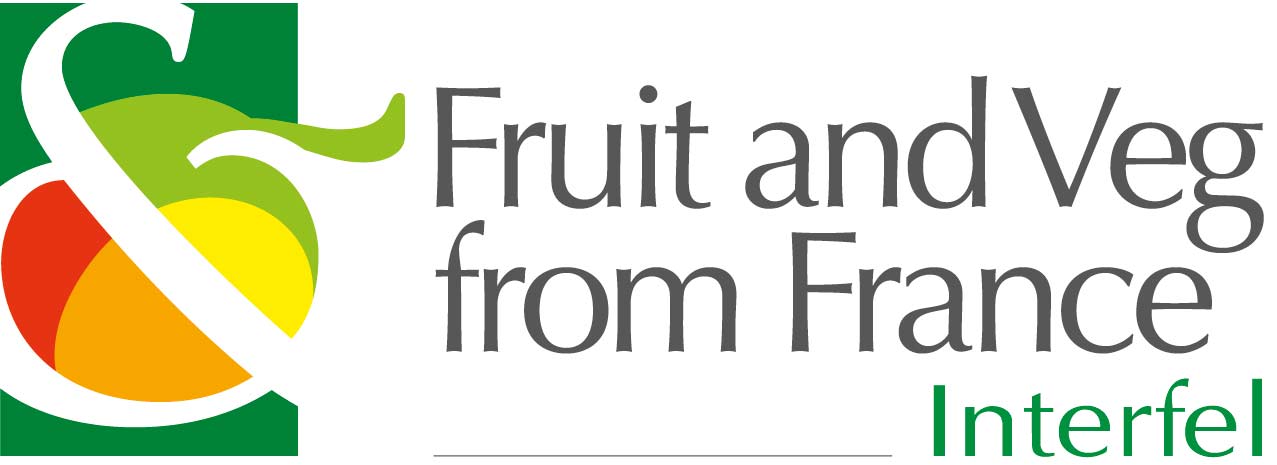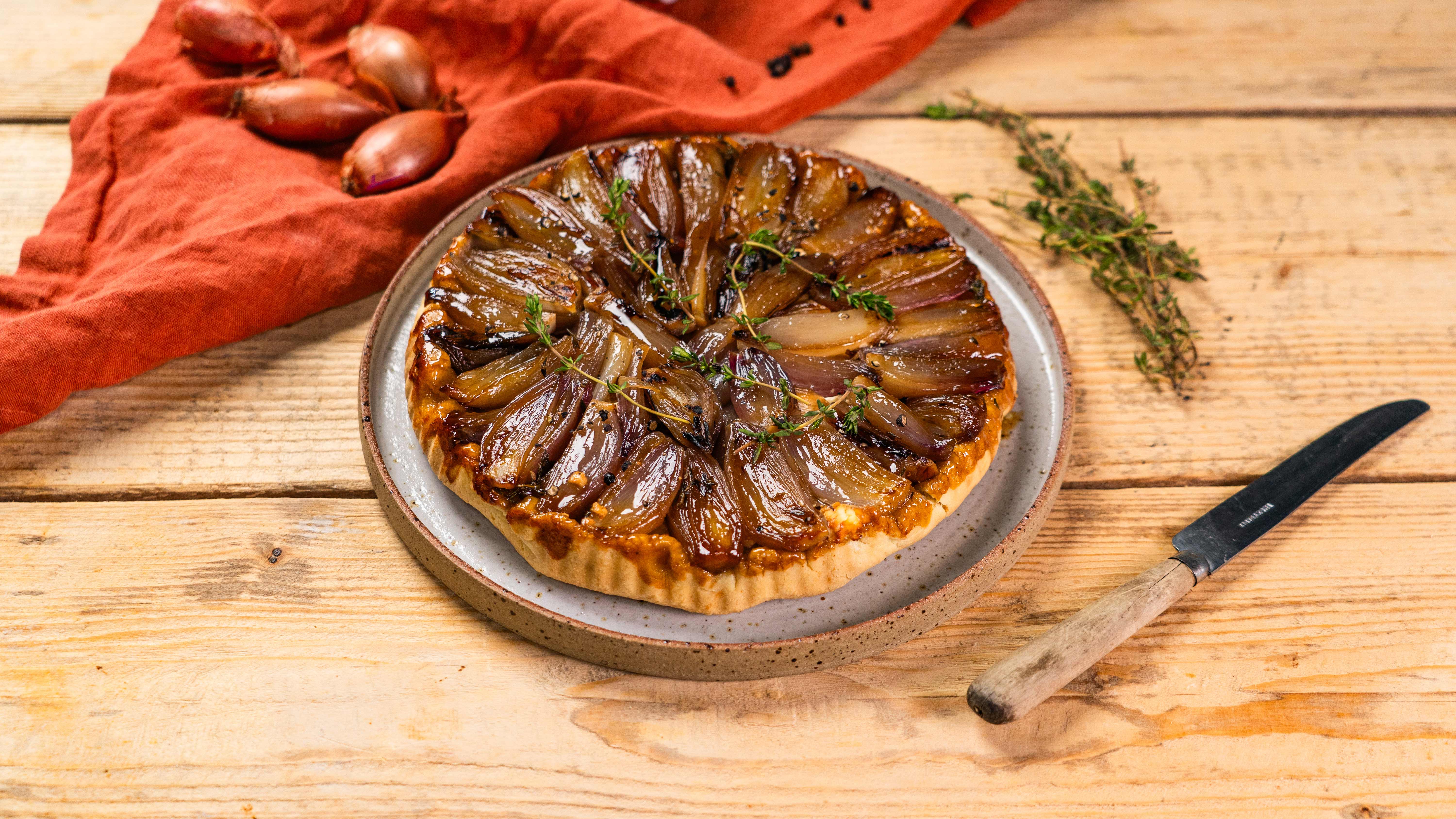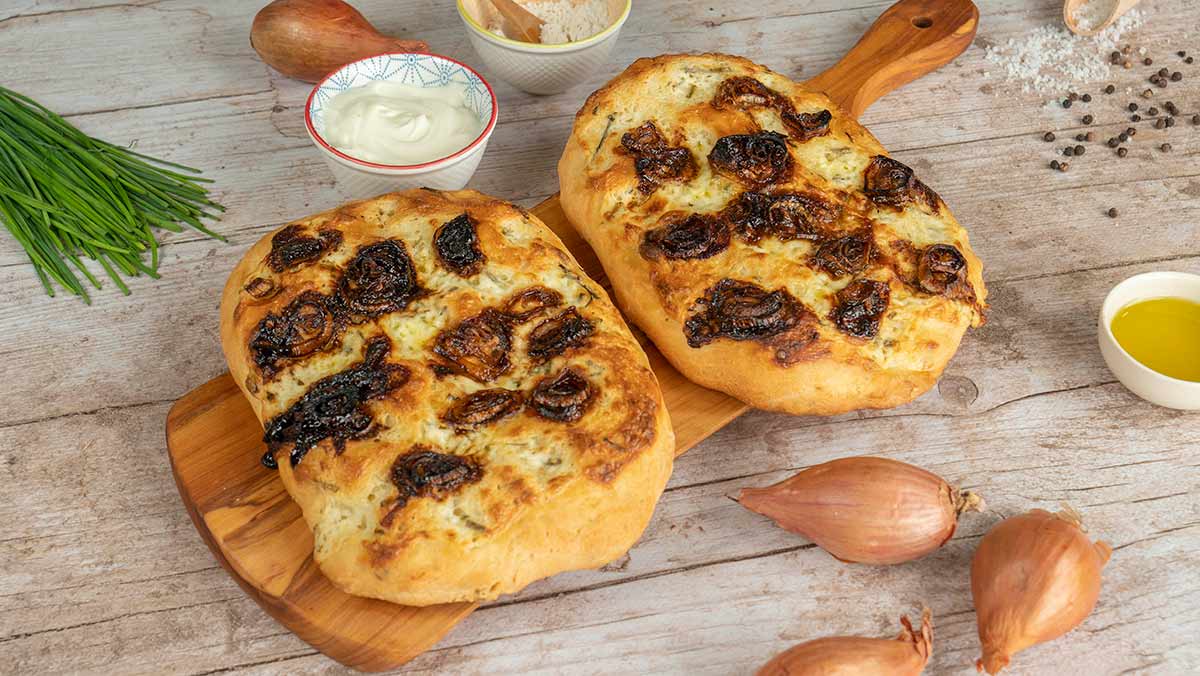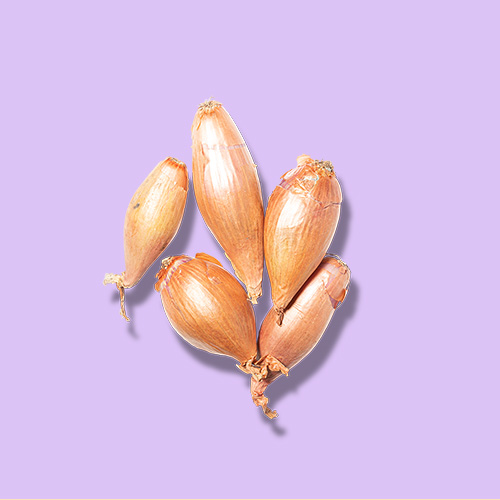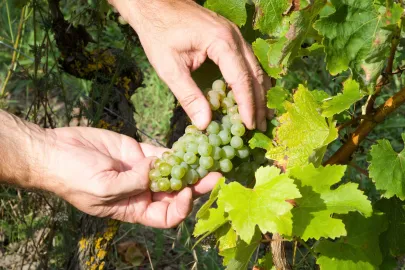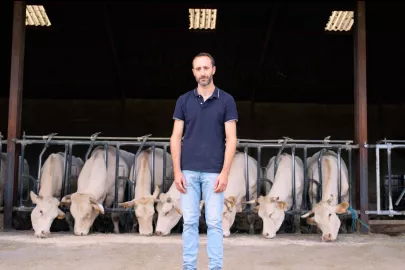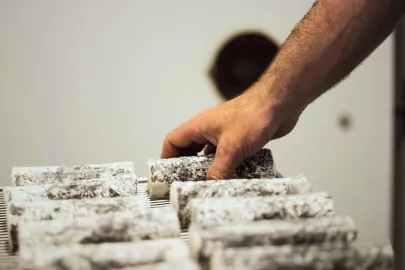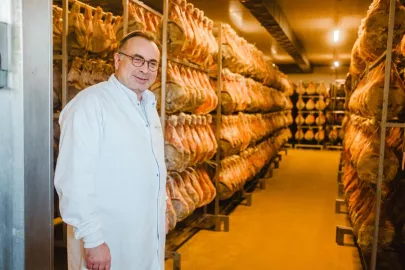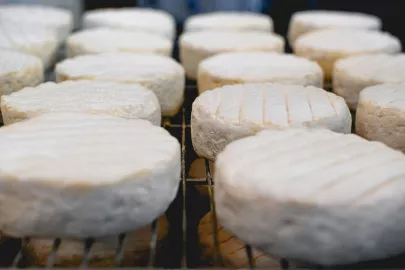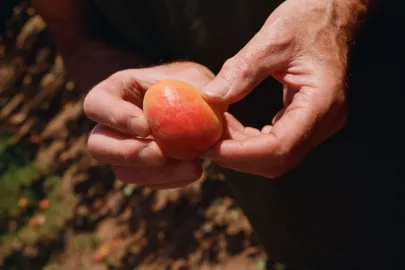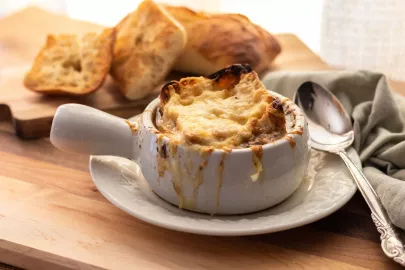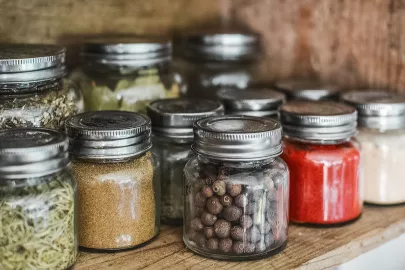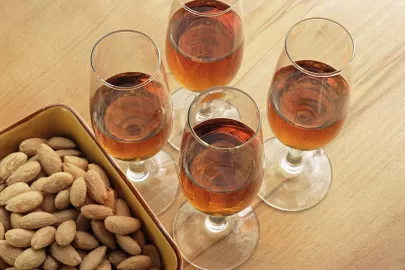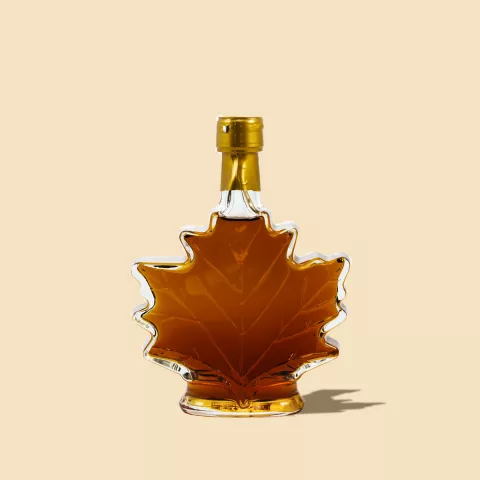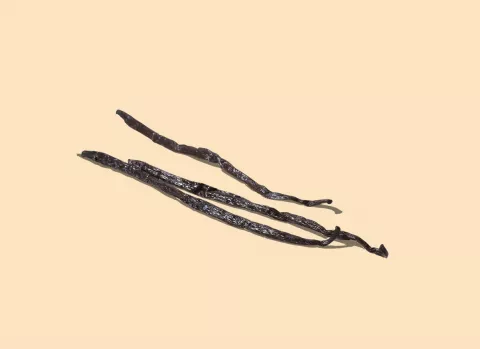Confit, caramelised, raw or roasted, the humble French shallot plays a starring role in many staples of modern French cuisine. One in particular, the “échalote d’Anjou” or Anjou shallot, is entirely unique to France. Grown in the province of the same name, these little alliums pack a real punch considering their size, and having firmly established themselves in the annals of essential French ingredients, are a key item on any shopping list. Au marché !
The summer months in France are synonymous with holidays, but for Jérôme Leblanc, his work is only just beginning. In the heart of Anjou, a region in western France, Jérôme harvests Anjou shallots by hand, delicately pulling each tiny bulb by their jade-green leaves, until they come away in small bunches. He makes it look easy, but there’s a technique to it, one that he’s cultivated for years.
Jérôme smiles, working to gather his bunches in a row, stacked one on top of the other in neat-ish order. “I’ve been working here, on my family’s farm, for a long time now,” he explains in an interview with Taste France. “This job is interesting to me, on a technical level.”
This is Jérôme’s passion, but it’s also his obligation: The Anjou shallot, a protected geographical indication (PGI) product, is a unique variety cultivated exclusively in the Anjou region of France.
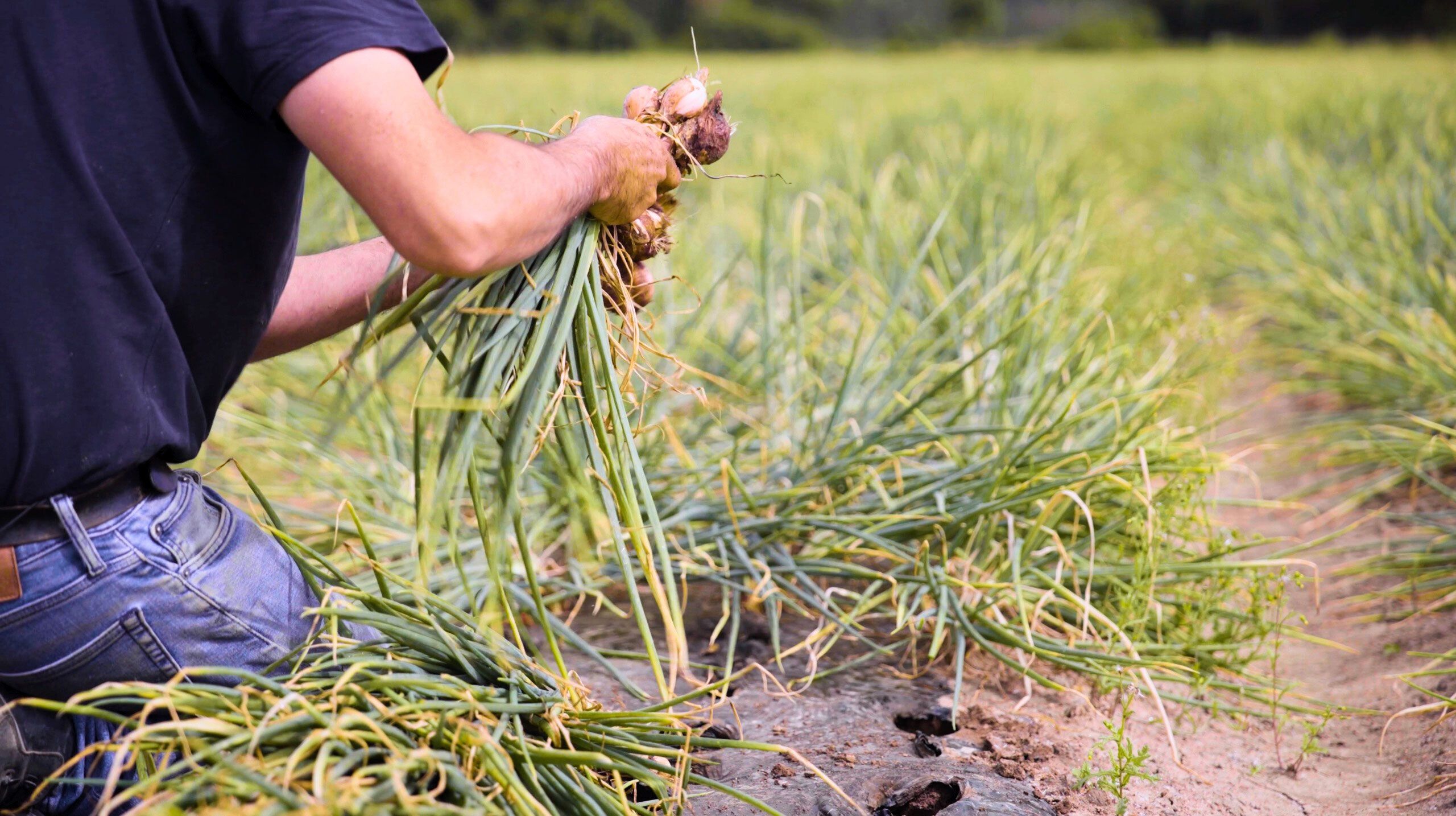
Anjou shallot, a protected product
“Since 2015, we’ve been PGI certified, which guarantees that the shallots are produced in Anjou, and planted and harvested by hand.”
The PGI label emphasises, according to the EU (1), ‘the relationship between the specific geographic region and the name of the product,’ and in particular, where a certain quality or reputation is tied to a specific geographical location. The Anjou shallot is prized for its delicate flavour and versatility. Here, in the fertile soils of the Loire Valley, the distinctive taste is attributed to the region's unique microclimate, imparting a delicately sweet sharpness; think a combination of a yellow and red onion, but milder, with a hint of garlic. And like their garlic cousins, beneath the alliums contain multi-layered cloves.
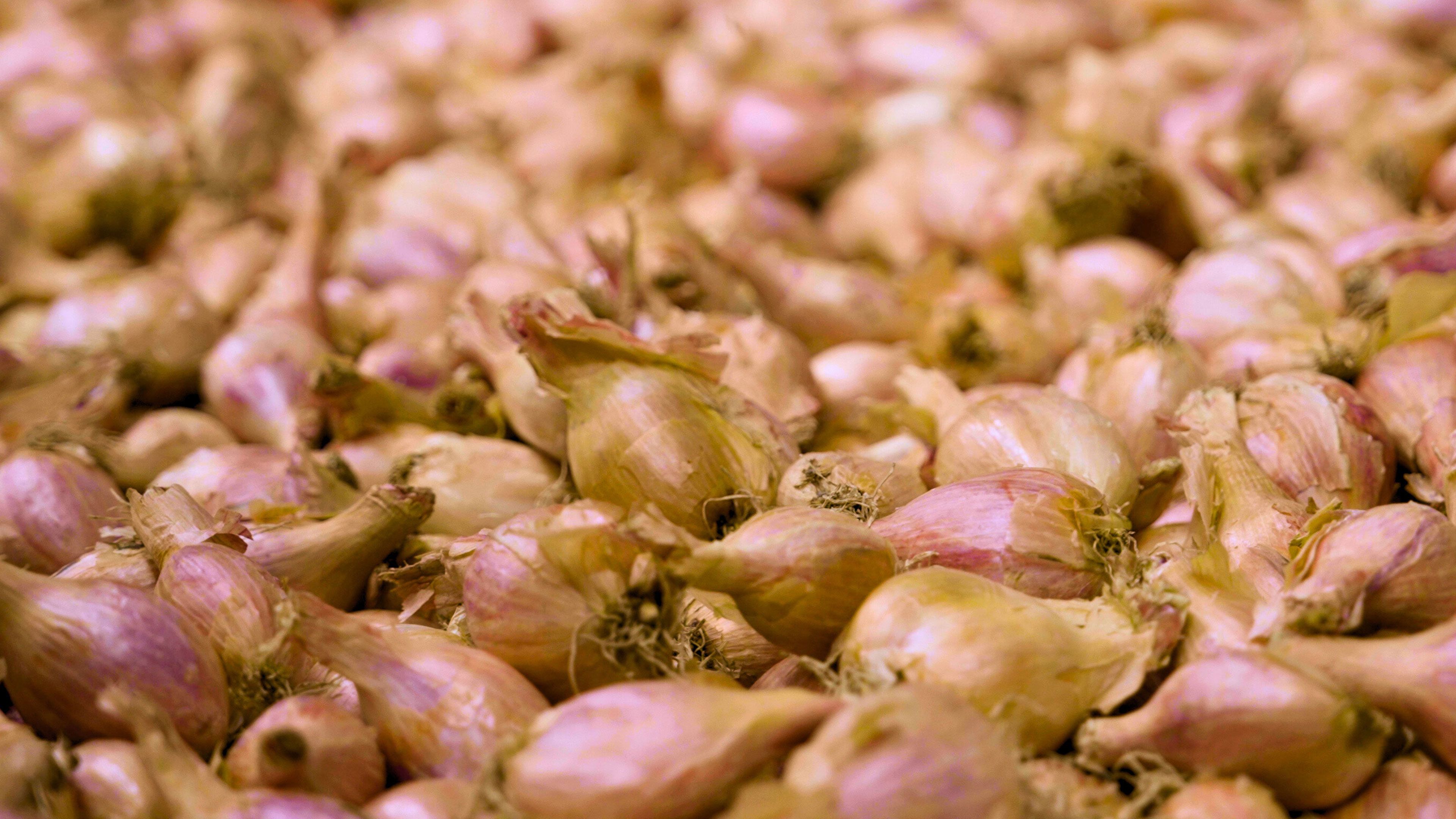
Anjou accounts for a significant portion of France's shallot production, with farmers adhering to strict quality standards to ensure the authenticity of the product — like how Jérôme harvests every bulb by hand.
There’s a reason for such protectiveness à la main: shallots are fragile, easily bruised and easily lost, but they pack a serious punch in many French recipes, from the delicate mignonette dressing that perfectly compliment fresh, briny oysters to a sweetly caramelised shallot tarte tatin.
“I use them on salads, personally” Jérôme suggests. “They have a very particular taste; one I really like.”
Production à la main
In the heart of spring, Jérôme and his team carefully plant tiny shallot bulbs, spacing them precisely to ensure optimal growth.
Once planted, the shallots need regular care, including weeding, watering, and monitoring for pests and diseases. While some modern farming practices can be used to streamline these tasks, many producers still rely on traditional methods, such as hand-weeding and the use of natural pest control techniques.
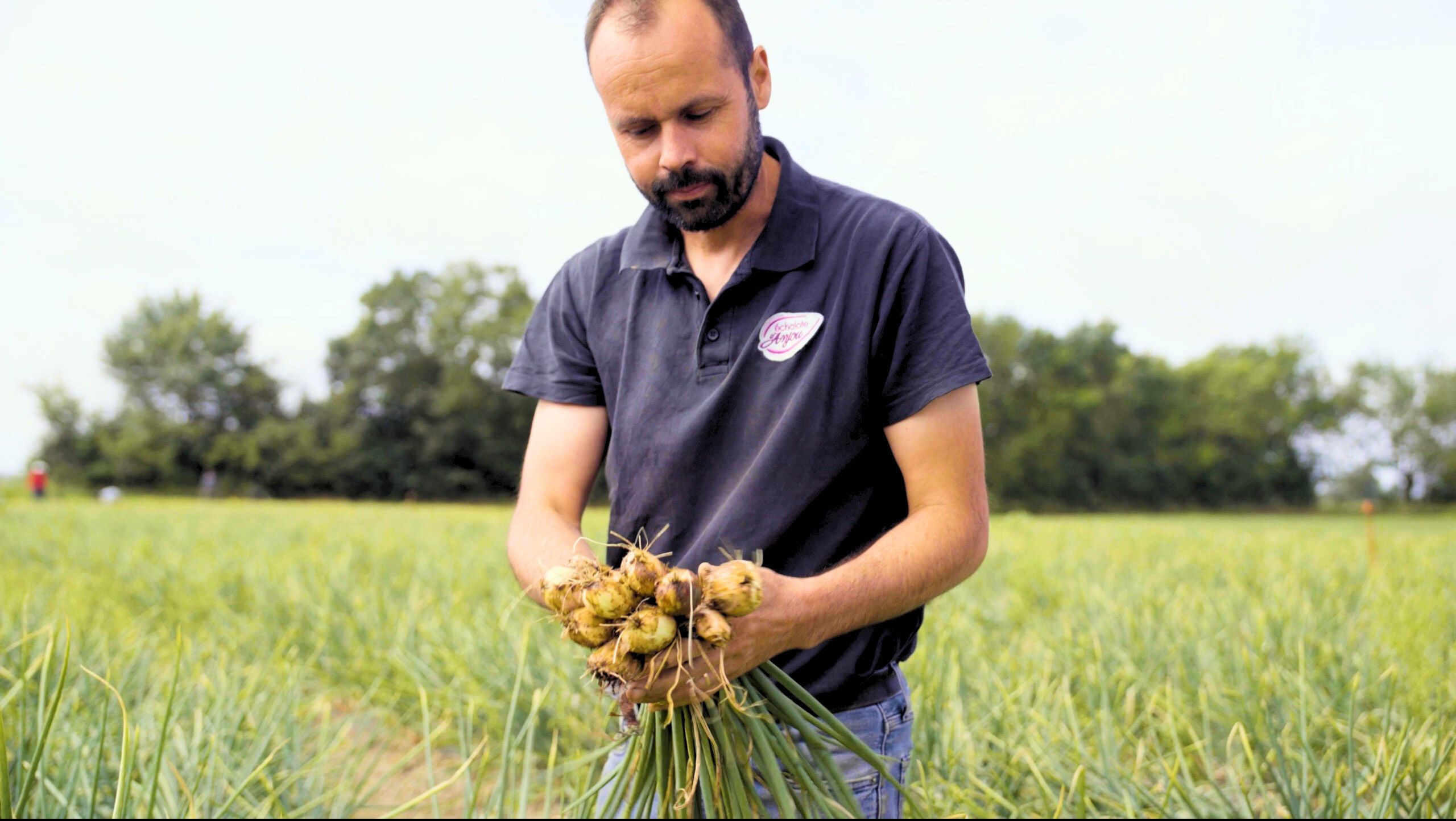
Months later, as summer wanes, they return to the fields to harvest the mature shallots, meticulously pulling each bulb from the earth. The process is careful and precise, requiring a skilled touch to avoid damaging the delicate, paper-thin skin of the shallot.
The key figures of the French shallot
“For 2023, on a national level, we produced 56,000 tons,” Jérôme says. “And on my farm, we produce between 80 and 100 tons each year.”
In 2023, French shallot production increased by 22% compared to the previous year. This is a positive development, especially considering the adverse weather conditions and increased susceptibility to diseases that plagued the crop in 2022.
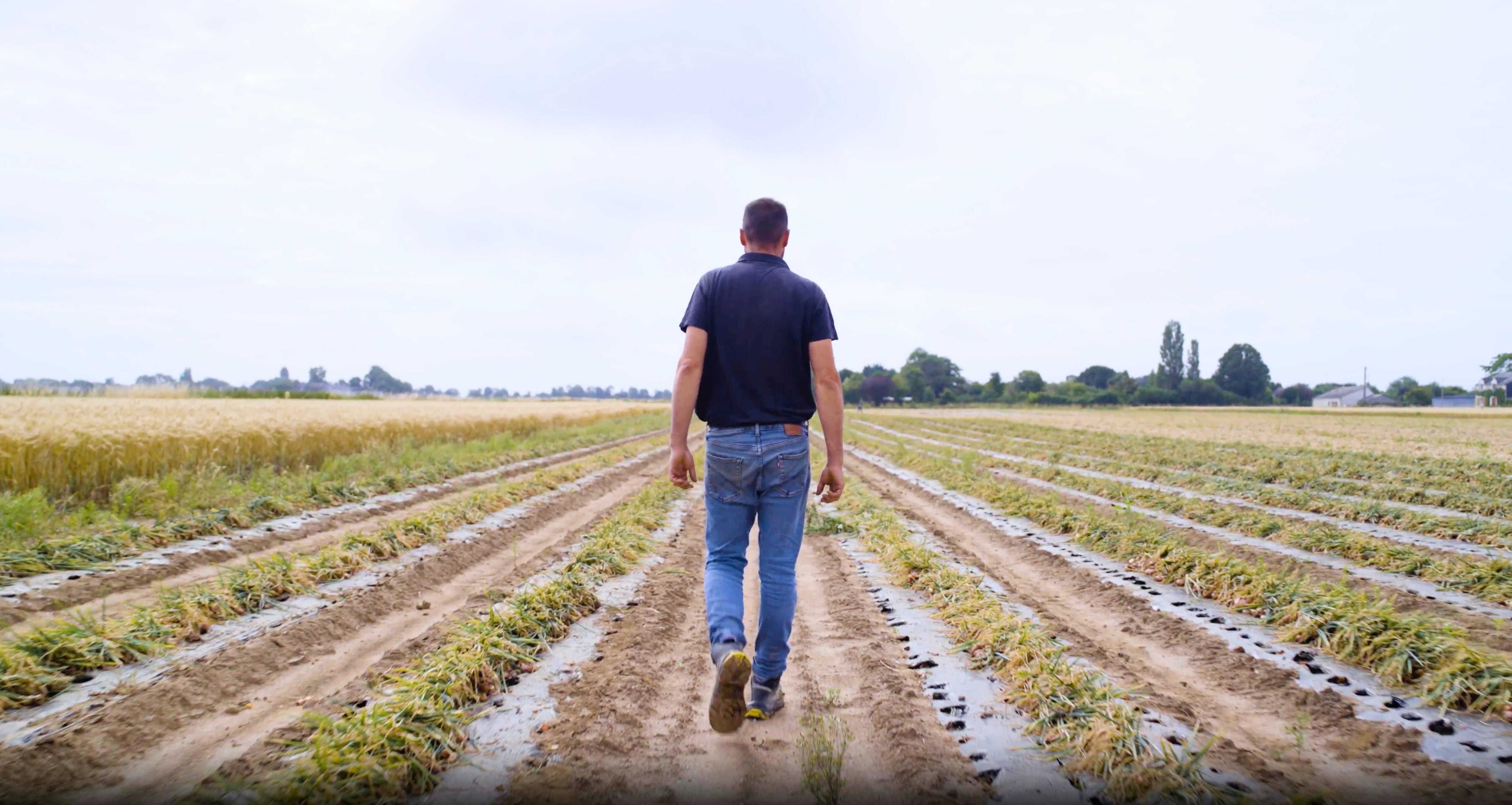
Producers are focusing on increasing the quality of their crops and exploring new varietals that are better suited to changing climate conditions, so the French shallot production is always looking for ways to innovate and improve product quality.
The Anjou shallot remains a French culinary gem that continues to captivate taste buds around the world. Through a combination of tradition, innovation, and sheer grit, French farmers are working to ensure the future of the tiny, tasty allium. And as the demand for high-quality ingredients grows, the French shallot is perfectly positioned to play an even more prominent role in kitchens. Now's the time to find them in your markets!
(1) Source: https://agriculture.ec.europa.eu/farming/geographical-indications-and-quality-schemes/geographical-indications-and-quality-schemes-explained_en

